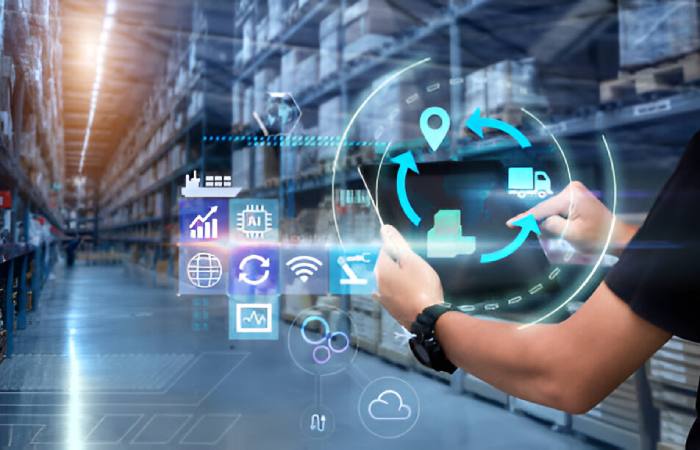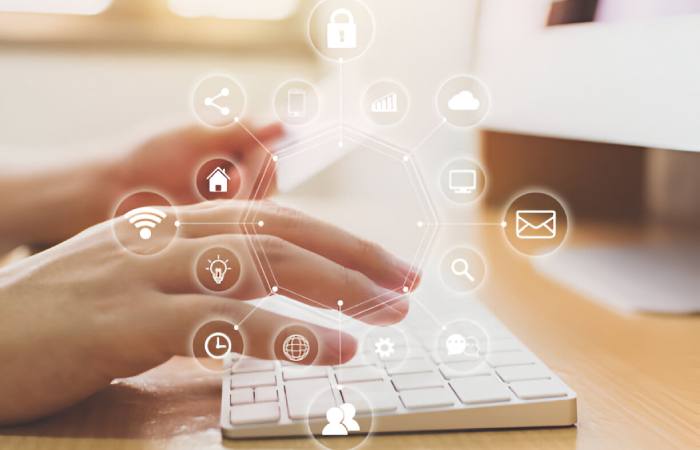The Internet of Things (IoT) is critical in improving operational capabilities and real-time intelligence in today’s retail environment. It extends the capabilities of IoT devices to manage security, provide insights, and handle the growing complexity of these systems as businesses increasingly rely on connected IoT devices.
This article explores when and why businesses should consider implementing an IoT device management platform to address these challenges, improve operational efficiency, and provide scalable, secure, and efficient device management (thingboard.io/device-management).
When to Implement an IoT Device Management Platform
If any of the following issues apply to you, consider implementing an IoT device management platform:
Scalability Requirements:
Manual management becomes impractical as IoT devices increase.
Security Requirements:
Robust security features, including periodic technical assessments and monitoring, are required.
Data Management:
Managing large amounts of data from IoT devices is critical to business operations.
Remote Management:
Centralised management is necessary for devices distributed across multiple locations.
Cost-Effectiveness:
Resource optimisation and artificial intelligence can help reduce operating costs.
Rules Engine:
Configure rules to process data from IoT devices and manage new connections, users, and access to them.
Implementing a robust IoT device management platform can simplify these steps, improve security, and ensure businesses can scale and strengthen their operations.
Real Cases for IoT Device Administration

IoT device management can transform industries by streamlining processes and expanding operational capabilities. Below are some real-world examples of how these solutions can be effectively implemented:
Fleet Management:
Organise fleets into customizable groups with a hierarchical structure that provides precise control over drivers, vehicles, and configurations. This approach improves management efficiency at the fleet group and individual vehicle levels.
Smart Agriculture:
Deploy IoT sensors to monitor key factors such as soil and weather conditions. Data from these sensors can be visualised using customizable dashboards, enabling more informed decision-making and optimised management of agricultural resources.
Smart Metering:
Collect and aggregate reliable data from smart meters. This information can be analysed to identify leaks or inconsistencies and presented to customers through a clear and intuitive interface.
Intelligent Energy:
Manage energy consumption data with highly reliable IoT monitors. View historical and real-time data on customizable dashboards and integrate with third-party analytics for comprehensive energy management.
Smart Office:
Monitor and control indoor climate to improve comfort and productivity. Use advanced data visualisation and remote management features to optimise resource usage and maintain a healthy work environment.
These scenarios demonstrate how effective IoT device management can optimise operations, improve asset management, and facilitate more informed decision-making across various industries.
Lifecycle of IoT Device Management

To effectively manage IoT devices, it is essential to understand the IoT device management lifecycle, which includes several critical stages:
Provisioning:
Assign unique identifiers, register IoT devices, and configure network connection settings as part of the initial setup.
Authentication:
Ensure security from the start by verifying and identifying devices before allowing them to access network resources.
Configuration Management:
Remotely modify device features and locations to ensure the proper functioning of your deployment.
Maintenance:
Use hardware diagnostics, firmware updates, and other troubleshooting tools to keep devices running smoothly.
Monitoring:
Gain immediate visibility into your devices’ functionality, security, and overall health to resolve any issues quickly.
Diagnostics:
Remotely access IoT device logs to analyse errors and troubleshoot issues.
Firmware and Software Updates:
Regularly update firmware and software to resolve issues, fix security vulnerabilities, and add new features.
End-of-life (EOL) management:
To protect your organisation when an IoT device reaches the end of its useful life, securely delete important information and stop providing network access.
For comprehensive management that supports the entire IoT device management lifecycle, consider using platforms like ThingsBoard thingsboard.io, which offer powerful tools for provisioning, monitoring, and maintaining IoT devices.
Conclusion
In conclusion, ensuring connected IoT sensors’ security, scalability, and efficiency depends on reliable IoT device management. Effective strategies ensure stable device operation, secure data processing, and proper resource utilisation, allowing companies to maintain their industry leadership.
When planning to use the Internet of Things (IoT), any company must consider the full lifecycle of IoT device management. An IoT platform allows for convenient and efficient control of all these aspects, so it’s essential to approach the platform selection process as early as possible, considering the company’s specific needs.

